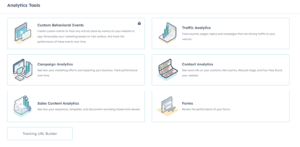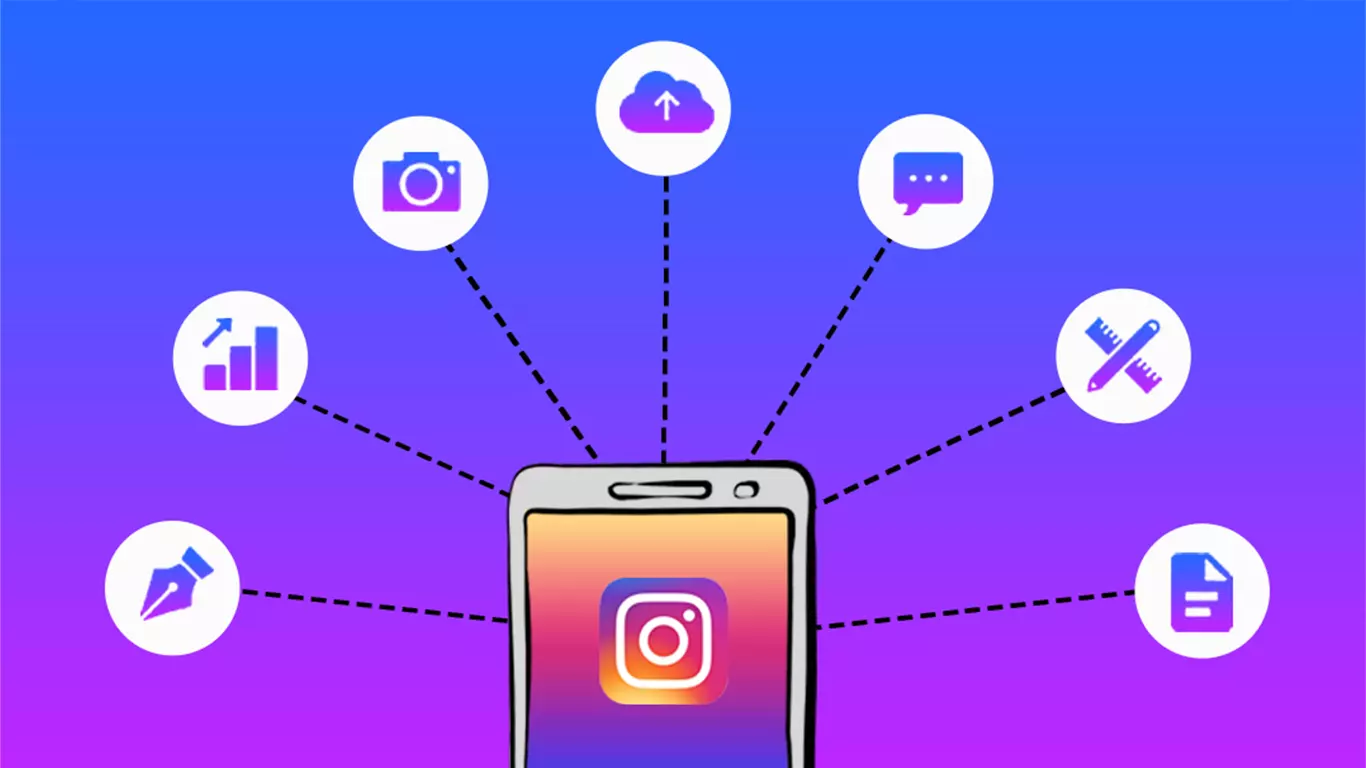Introdaction
How to measure Instagram Ads ROI 2025:Measuring the Return on Investment (ROI) for Instagram ads in 2025 is crucial for businesses aiming to optimize their marketing strategies and justify ad spend. With Instagram’s massive user base of over 2 billion monthly active users and its projected ad revenue of $70.9 billion globally, the platform remains a powerhouse for digital advertising. Calculating ROI helps marketers determine the effectiveness of their campaigns, refine targeting, and ensure resources are allocated efficiently. ROI is the ratio of net profit to the cost of investment, expressed as a percentage, and for Instagram ads, it involves comparing the value generated (e.g., revenue, leads, or brand awareness) against costs like ad spend, content creation, and labor.
Understanding the Problem: Why Measuring Instagram Ads ROI is Challenging.
Breaking Down the Problem.
Measuring Instagram Ads ROI involves calculating the financial return generated from ad campaigns relative to the costs incurred. The problem can be broken into smaller components:
-
Defining Clear Objectives: Without specific, measurable goals (e.g., sales, leads, or brand awareness), it’s difficult to determine what “return” means for your campaign.
-
Tracking Relevant Metrics: Instagram provides a range of metrics (e.g., impressions, reach, clicks), but not all align with business goals, leading to confusion about which to prioritize.
-
Attributing Value to Non-Monetary Outcomes: Engagement metrics like likes, shares, or comments are valuable but hard to quantify in monetary terms.
-
Accounting for All Costs: Many businesses overlook indirect costs like content creation, staff time, or tool subscriptions, leading to inaccurate ROI calculations.
-
Navigating Privacy Changes: Apple’s App Tracking Transparency (ATT) and other privacy regulations limit tracking capabilities, complicating attribution of conversions to specific ads.
-
Data Integration and Analysis: Combining data from Instagram, Meta Ads Manager, and other platforms (e.g., CRM, Google Analytics) to get a holistic view of performance is complex.
Common Causes.
-
Lack of Clear Goals: Businesses often run ads without defining SMART (Specific, Measurable, Achievable, Relevant, Time-bound) goals, making ROI measurement vague.
-
Overreliance on Vanity Metrics: Focusing on likes or impressions rather than conversions or revenue can misrepresent campaign success.
-
Inadequate Tracking Tools: Not using UTM parameters, Meta Conversions API, or third-party analytics tools limits data accuracy.
-
Poor Audience Targeting: Ads reaching the wrong audience reduce conversions, lowering ROI.
-
Neglecting Long-Term Impact: Focusing solely on immediate sales ignores the value of brand awareness or customer lifetime value (CLV).
Consequences of Not Addressing the Issue.
Failing to measure Instagram Ads ROI accurately can lead to:
-
Wasted Budget: Continuing to fund underperforming campaigns without evidence of their effectiveness.
-
Missed Opportunities: Inability to optimize campaigns or reallocate budgets to high-performing strategies.
-
Loss of Stakeholder Trust: Executives may cut social media budgets if ROI isn’t demonstrated, limiting future marketing efforts.
-
Competitive Disadvantage: Competitors with robust ROI tracking can outpace businesses that fail to refine their strategies.
-
Inaccurate Strategy Decisions: Without clear ROI data, businesses may double down on ineffective tactics or abandon potentially successful ones.
Step-by-Step Solution to Measure Instagram Ads ROI.
Here’s a comprehensive, actionable approach to measure Instagram Ads ROI effectively in 2025:
Step 1: Define Clear, SMART Goals.
-
Action: Establish specific objectives for your Instagram ad campaigns that align with broader business goals. Examples include increasing website sales by 10% in three months, generating 500 new leads, or boosting brand awareness by achieving 1 million impressions.
-
Why It Matters: Clear goals guide metric selection and provide a benchmark for measuring success.
-
Tools/Resources:
-
Use the SMART framework to set goals.
-
Document goals in a spreadsheet or project management tool like Asana or Trello.
-
-
Example: A fitness apparel brand sets a goal to “increase e-commerce sales by 15% through Instagram Reels ads in Q1 2025.”
Step 2: Identify Key Performance Indicators (KPIs).
-
Action: Select KPIs that align with your goals. Common Instagram ad KPIs include:
-
Reach: Number of unique users who saw your ad.
-
Impressions: Total times your ad was displayed.
-
Click-Through Rate (CTR): Percentage of users who clicked your ad after viewing it.
-
Cost Per Click (CPC): Cost for each click on your ad.
-
Conversion Rate: Percentage of users who completed a desired action (e.g., purchase, sign-up).
-
Return on Ad Spend (ROAS): Revenue generated per dollar spent on ads.
-
-
Why It Matters: KPIs translate goals into measurable outcomes, enabling precise ROI calculations.
-
Tools/Resources:
-
Instagram Insights (accessible via the Professional Dashboard on the mobile app).
-
Meta Ads Manager for detailed ad performance data.
-
Third-party tools like Sprout Social, Hootsuite, or Coupler.io for advanced analytics.
-
-
Example: For the fitness brand, key KPIs are conversion rate (sales from ad clicks) and ROAS (revenue vs. ad spend).
Step 3: Calculate Total Investment Costs.
-
Action: Sum all costs associated with your Instagram ad campaign, including:
-
Ad Spend: Budget allocated to ads in Meta Ads Manager.
-
Content Creation: Costs for producing visuals, videos, or copy (e.g., designer fees, influencer collaborations).
-
Tools/Software: Subscriptions to tools like Canva, Metricool, or Hootsuite.
-
Staff Time: Hourly wages for team members managing campaigns.
-
Agency/Consultant Fees: If applicable.
-
-
Why It Matters: Accurate cost calculation ensures ROI reflects true profitability.
-
Tools/Resources:
-
Use a spreadsheet to track costs (e.g., Google Sheets, Excel).
-
Meta Ads Manager to monitor ad spend.
-
-
Example: The fitness brand spends $5,000 on ads, $2,000 on content creation, $500 on tools, and $1,500 on staff time, totaling $9,000.
Step 4: Track Performance with Analytics Tools.

-
Action: Use tracking tools to monitor KPIs and gather data:
-
UTM Parameters: Add UTM tags to ad links to track traffic sources in Google Analytics.
-
Meta Conversions API (CAPI): Implement CAPI to track conversions server-side, bypassing privacy restrictions like Apple’s ATT.
-
Third-Party Tools: Use platforms like Sprout Social, Brandwatch, or Coupler.io for detailed reporting and cross-platform data integration.
-
-
Why It Matters: Robust tracking ensures accurate attribution of conversions to Instagram ads.
-
Tools/Resources:
-
Google Analytics for UTM tracking.
-
Meta Business Suite for CAPI setup and ad performance insights.
-
Coupler.io for automated data integration into spreadsheets or BI tools like Power BI.
-
-
Example: The fitness brand uses UTM parameters to track website visits from Instagram ads and CAPI to attribute sales to specific campaigns.
Step 5: Calculate ROI and ROAS.
-
Action: Use the following formulas to calculate ROI and ROAS:
-
ROI (%) = [(Value Generated – Total Investment) / Total Investment] × 100
-
Value Generated = Revenue or estimated value of non-monetary outcomes (e.g., lead value × number of leads).
-
-
ROAS = Revenue Generated / Ad Spend
-
-
Why It Matters: These metrics quantify campaign profitability and efficiency.
-
Tools/Resources:
-
Use a calculator or spreadsheet for quick computations.
-
Sprout Social’s ROI calculator for simplified measurements.
-
-
Example: The fitness brand generates $20,000 in sales from Instagram ads. ROI = [($20,000 – $9,000) / $9,000] × 100 = 122.22%. ROAS = $20,000 / $5,000 = 4:1 (i.e., $4 revenue per $1 spent).
Step 6: Optimize Campaigns Based on Insights.
-
Action: Analyze KPI data to identify strengths and weaknesses:
-
High CTR, Low Conversion Rate: Improve landing page experience or refine targeting.
-
High CPC: Test new ad creatives or adjust bidding strategies.
-
Low Engagement: Experiment with Reels, Stories, or carousel ads to boost interaction.
-
Use A/B testing to compare ad formats, visuals, or copy.
-
-
Why It Matters: Optimization improves ROI by focusing on what works.
-
Tools/Resources:
-
Meta Ads Manager for A/B testing.
-
Metricool for real-time performance dashboards.
-
-
Example: The fitness brand notices low conversions from Story ads. They test Reels ads with trending audio, increasing conversion rate by 2%.
Step 7: Monitor Long-Term Impact.
-
Action: Track metrics like customer lifetime value (CLV) and brand lift (e.g., increased follower growth or engagement) to assess long-term ROI.
-
Why It Matters: Social media often influences retention and brand perception, which impacts ROI beyond immediate sales.
-
Tools/Resources:
-
CRM systems (e.g., HubSpot) to track CLV.
-
Brandwatch for brand sentiment analysis.
-
-
Example: The fitness brand uses HubSpot to track repeat purchases from Instagram leads, revealing a 20% increase in CLV.
Real-World Case Study: How a SaaS Company Boosted Instagram Ads ROI.
Company: A B2B SaaS company offering project management software. Challenge: The company struggled to measure ROI for Instagram ads due to vague goals and incomplete cost tracking. Solution:
-
Set SMART Goals: Aimed to generate 300 new trial sign-ups in Q2 2025.
-
Selected KPIs: Focused on conversion rate, cost per acquisition (CPA), and ROAS.
-
Tracked Costs: Calculated $10,000 total investment ($6,000 ad spend, $3,000 content creation, $1,000 tools).
-
Used Tools: Implemented UTM parameters via Google Analytics and Meta CAPI for conversion tracking.
-
Calculated ROI: Generated 350 trial sign-ups, with an estimated lead value of $50 each ($17,500 total value). ROI = [($17,500 – $10,000) / $10,000] × 100 = 75%. ROAS = $17,500 / $6,000 = 2.92:1.
-
Optimized: A/B tested carousel ads vs. Reels, finding Reels increased conversions by 30%. Results: The company achieved a 75% ROI, refined targeting to reduce CPA by 15%, and increased trial-to-paid conversions by 10% through retargeting.
Additional Tips to Prevent Future Issues.
-
Regularly Review Metrics: Check KPIs weekly or monthly to catch issues early.
-
Balance Paid and Organic Efforts: Combine ads with organic content (e.g., Reels, Stories) to boost engagement without increasing costs.
-
Leverage AI Tools: Use AI-driven platforms like Canva AI or Hootsuite for efficient content creation and analytics.
-
Test Incrementally: Run small-scale A/B tests before scaling budgets to minimize risk.
-
Stay Updated on Privacy Changes: Monitor updates to Meta’s tracking tools or privacy regulations to adapt tracking methods.
Next Steps and Call to Action.
To start measuring and improving your Instagram Ads ROI in 2025:
-
Audit Your Current Campaigns: Review existing goals, metrics, and costs.
-
Implement Tracking Tools: Set up UTM parameters, Meta CAPI, and a third-party analytics platform like Sprout Social or Metricool.
-
Calculate Baseline ROI: Use the formulas provided to establish your current ROI and ROAS.
-
Run A/B Tests: Test one variable (e.g., ad format or audience segment) within the next two weeks.
-
Schedule a Review: Set a date in one month to analyze results and optimize campaigns.
Take Action Now: Don’t let vague metrics or untracked costs undermine your Instagram ad campaigns. Visit Meta Ads Manager to set up your campaigns, explore Sprout Social for advanced analytics, or schedule a consultation with a digital marketing agency like The Diamond Group (https://www.diamond-group.co) to craft a tailored strategy. Start measuring your ROI today to maximize your budget and drive measurable results in 2025!

1 thought on “How to measure Instagram Ads ROI 2025”